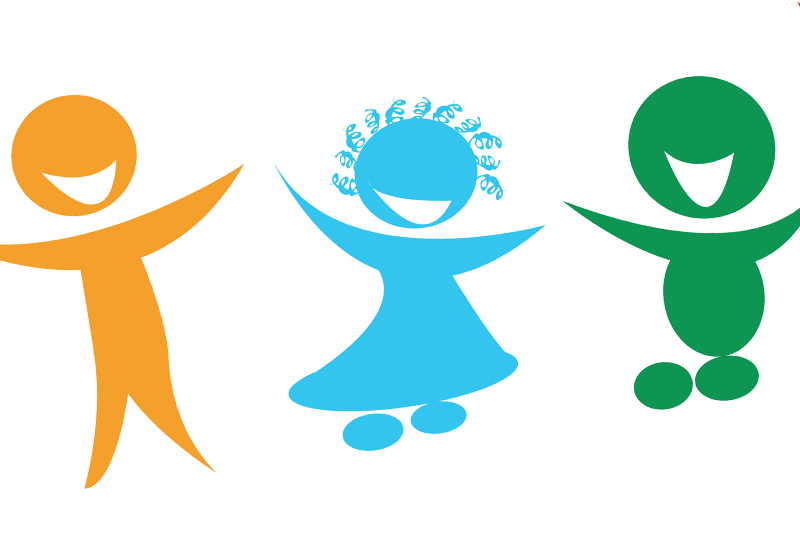Using evidence to refine self-evaluation

Quick links:
Context and background to sector-leading practice
Fingers and Thumbs Day Care Centre serves the town of Bridgend and the surrounding villages. It provides a playgroup, breakfast club, after school club, holiday club and parent and toddler session. The setting is registered to take up to 30 children. Children attend the setting from two years of age.
The inspection report states that:
“Self-evaluation and improvement planning are a regular and highly effective part of the work of all staff. They contribute well to an annual audit that identifies strengths and areas for development accurately. Leaders gather a wide range of evidence, including views from parents, children and other interested parties, to inform self-evaluation. These high quality procedures for self-evaluation, including work evidence reviews, lesson observations and a rigorous attention to data makes sure that everyone in the setting has a very clear and accurate picture of the setting’s strengths and areas for improvement.”
Nature of strategy or activity identified as sector-leading practice
Over several years, we have refined and improved self-evaluation processes. As a result, we know what we do well and more importantly, we know what we want do better. We use a wide variety of information as part of self-evaluation but the most important is first-hand evidence.
Monitoring the quality of learning, both formally and informally is a strong feature of our self- evaluation procedures.
We have a system of critical reflection, which serves us well in bringing about improvements. The leader monitors, evaluates and reviews all areas of provision during the year. Practitioners discuss these observations and as a team, we agree a way forward. More often than not, we act upon these discussions immediately but occasionally we need to plan longer-term objectives that require funding or additional training. Monitoring information is used effectively to:
- measure the impact of change on outcomes for children;
- identify what we need to do next;
- inform future planning;
- identify staff training needs; and
- pinpoint where we may need additional resources.
All practitioners monitor day-to-day learning. They each take responsibility for an area of continuous provision, setting out the area and making sure that resources are appropriate. Practitioners monitor how children use their area and make changes if they see that play is beginning to ‘flag’. This has encouraged practitioners to take ownership of their areas and see a real purpose to self-evaluation. In addition, each day we release a practitioner from working with groups of children to ‘stand back’ and observe children’s play. Again, we use this information as part of self-evaluation i.e. where are the children playing, what activities are really engaging them?
Impact on provision and learners’ standards
The impact of self-evaluation on children’s standards is best illustrated by a two examples. We identified that our outdoor area was unable to provide all the learning experiences we would wish. We explored the possibility of Forest School and now make a weekly visit to a Forest area. As a result, children’s physical skills have improved, they are more confident and have better social skills through learning to help each other with outdoor challenges.
We have worked hard to improve our children’s Welsh language skills. Feedback from parents has been very positive with parents wanting to help their children at home. To facilitate this, we have set-up Welsh classes in the setting for parents and children to learn together. This has improved children’s skills and their enjoyment of Welsh and strengthened our partnership with parents.
Self-evaluation works for us because we focus very much on the children and making things better for them. Recent initiatives, prompted by self-evaluation, have led to valuable improvements in planning for children’s literacy and numeracy skills. Children’s standards are improving because of these initiatives.